Bryson Jumps, Claps and High-Fives his Way Through Hopebridge Autism Therapy Center
September 02, 2020
September 02, 2020
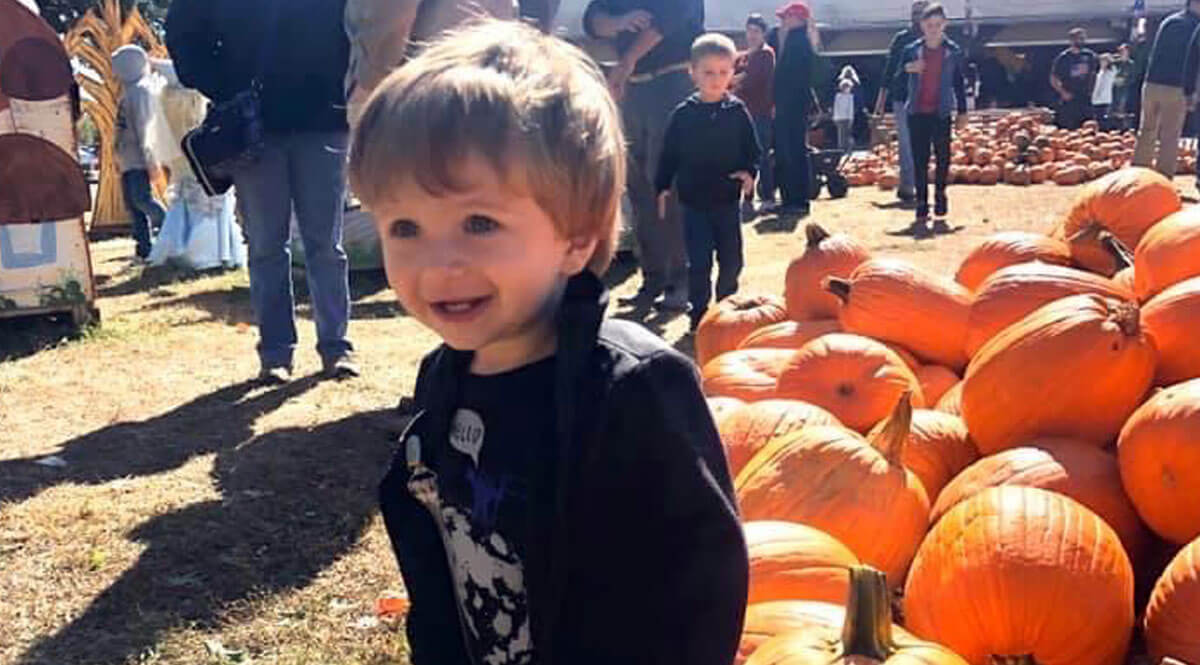
If you only heard a piece of Bryson’s story, you might think the odds were stacked against him. Diagnosed with a brain condition called polymicrogyria, in addition to autism spectrum disorder (ASD), his family’s day-to-day has not always been easy. Bryson experienced developmental delays that affected his communication, socialization and gross motor skills.
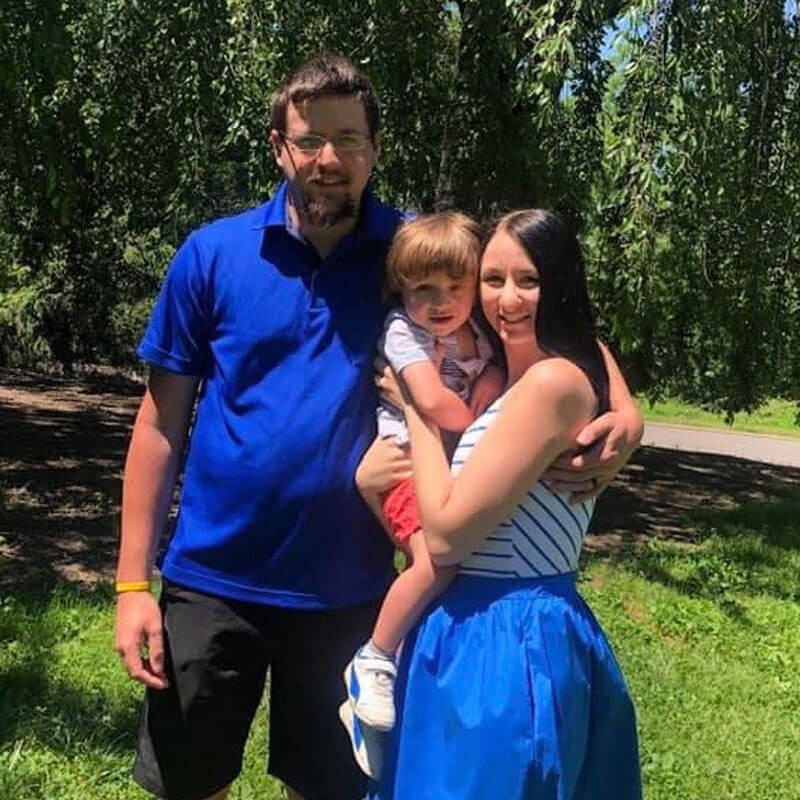
Now at 2 and a half years old with less than six months in applied behavior analysis (ABA therapy), it is easy to see how their lives have shifted. Bryson is full of constant smiles and cuddles. He loves handing out high-fives and is obsessed with his sock monkeys he dubbed “Monka.” No longer shy, this funny and friendly kid explores anything and everything in his surroundings. The world gets to experience the blossoming boy who was always there, just waiting for a way to express himself.
“He turned from a fussy, scared, sensory-seeking boy, to a happy, outgoing child,” said Bryson’s mother, Caylin. “I have seen huge improvements in my son’s behaviors since starting ABA therapy at Hopebridge. It was the best decision I ever made.”
At first, Bryson’s parents, Caylin and Eric, assumed his challenges were symptoms of polymicrogyria. However, at his 18-month wellness checkup, the pediatrician took them through an autism screening. From questions about making eye contact to smiling to verbalizing words, Caylin told us she felt like she answered “no” to everything.
Bryson’s parents followed up with an evaluation from a developmental pediatrician who diagnosed him with ASD just before his 2nd birthday. He already participated in most of the therapies they recommended, except for ABA therapy.
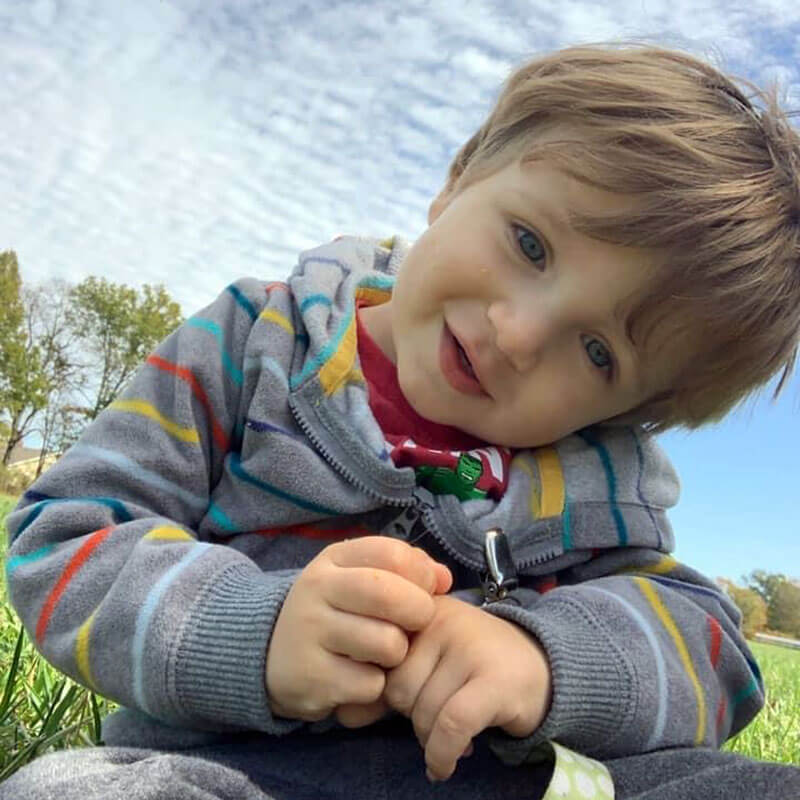
Caylin and Eric jumped on the opportunity and researched ABA therapy options in Cincinnati when they discovered the Hopebridge center in Milford, Ohio. He began services at Hopebridge soon after.
“Bryson’s first day at the center was a memorable one. He wanted absolutely nothing to do with me. Whenever I attempted to engage with him, he would cry and hide. He showed no interest in anything we offered to him,” remembers Bryson’s therapist, Hopebridge ABA Trainer Gabby West.
“This went on for a few days, but I noticed each day he would engage with me a little more than the day before. He began giving me small smiles when I acted goofy or grabbing my hand to ask for help,” said Gabby. “By the end of his second week we both realized, ‘ok, this is my best friend.’ We have been inseparable ever since.”
His mom shares this sentiment.
“It usually takes Bryson a while to get used to things. We went to the park for months before he was comfortable with it. It was not the same with Hopebridge. We took him that first week and by the last day, he didn’t cry,” said Caylin. “He has loved it ever since and he adores Gabby.”
“Bryson is a mama’s boy and used to be really attached to me. I could not go into the bathroom without him screaming or head-banging. I was afraid of this when first taking him to Hopebridge, but he did really well and doesn’t even care anymore when I drop him off!” said Caylin.
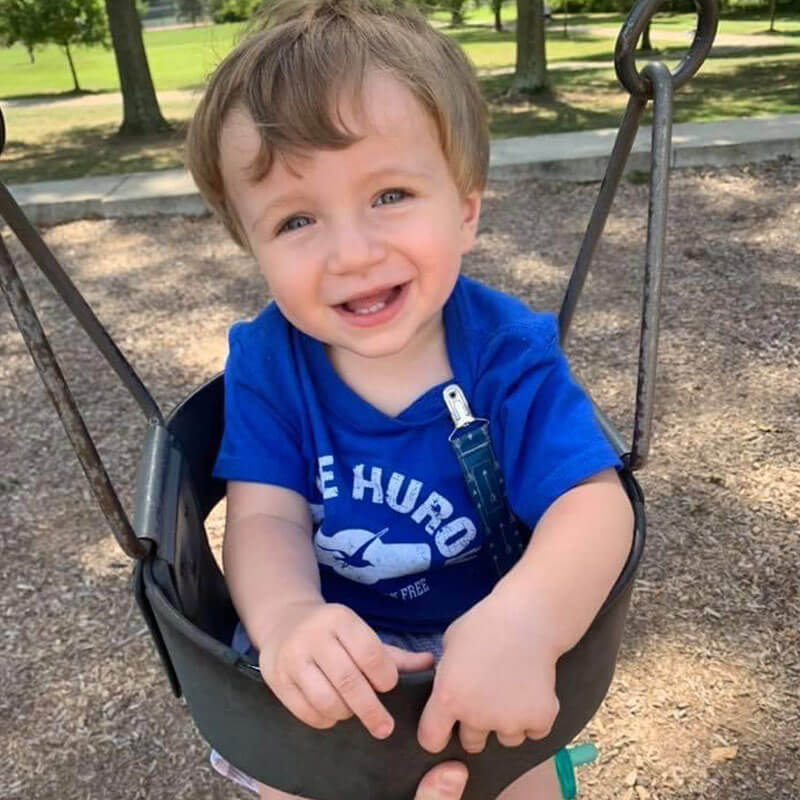
When Bryson began at Hopebridge, he did not speak and communicated only by grabbing his therapist’s hand to show motivation for something. The team trialed various methods tailored to his needs and he is beginning to show progress using a Picture Exchange Communication System (PECS) to express his wants. Bryson also says, “Mama,” everyday, which his mother loves to witness, of course.
Sensory stimulation sometimes poses challenges for Bryson. He often explores his surroundings by licking or smelling them. By introducing a smooth, chewy necklace, his therapy team was able to help him reduce these occurrences so much that he no longer needs to wear it most days.
Bryson’s diagnoses led to low muscle tone and other difficulties that affected his gross motor skills, but that has not stopped him. Since joining Hopebridge, he learned to sit in a chair for periods of time, clap, give high-fives and jump!
The playground and Hopebridge gym have given him newfound joy. His mom tells us Bryson likes to go to the park every day, but that he used to stim by only going up and down a ramp for an hour. Slowly, he started to use the swing, then the sandbox, and now plays all around the park.
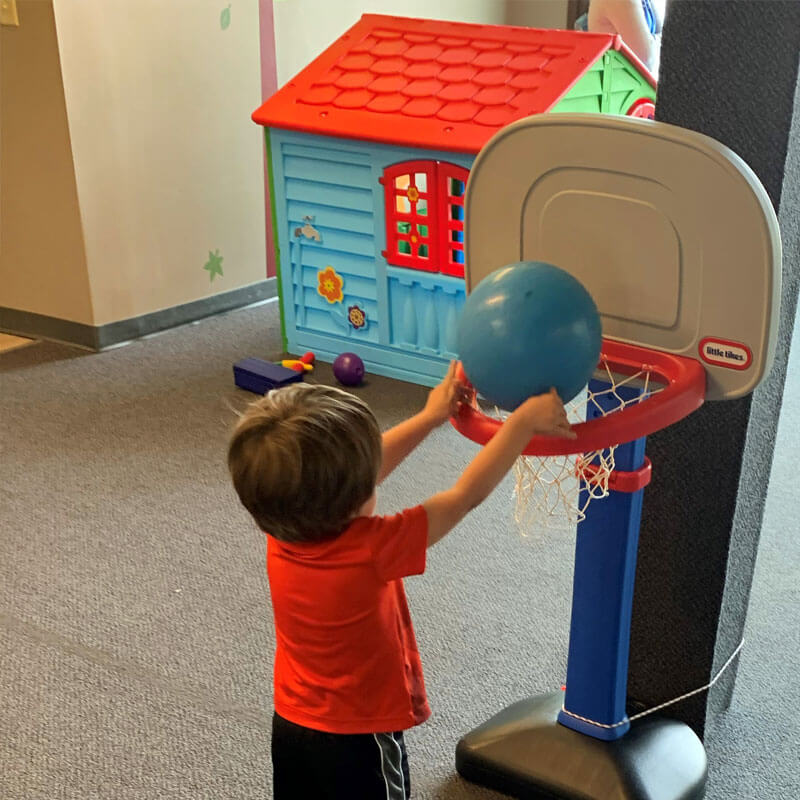
Similarly, Bryson previously engaged in stereotypical behaviors at the gym. This included moving items like balls and bikes to specific locations before walking in circles around them. Now, he throws a ball back and forth with therapists and most recently, started making basketball shots by himself.
“Bryson has transformed into a happy boy who thrives on social attention,” his Board Certified Behavior Analyst (BCBA), Leah Snyder, told us. “He has a contagious smile and likes to make people laugh. He enjoys praise from others and checks to make sure the therapists are looking when he completes a target.”
Other areas of playtime have broadened for Bryson as well. He is able to play with cause-and-effect toys and prefers toys that have buttons he can push to play music and light up. He enjoys stacking toys and putting toys in and out of containers. He is beginning to stack blocks and working his way up to higher block towers.
Bryson has become more comfortable around other children. His mom tells us he used to cry when other kids were in the same room, whereas now he can play alongside them. He does not yet play with other kids, but this is a huge first step.
“When I first heard he had autism, I was really sad. As I started to learn more about it and meet other kids on the spectrum, I realized there is no reason to feel down about it. It took me a while to see that because of the stigma around autism,” said Caylin. “His dad and I always want Bryson to know that his diagnoses do not hinder his potential. He can do the same things as everyone else; it just might take him a different road to get there.”
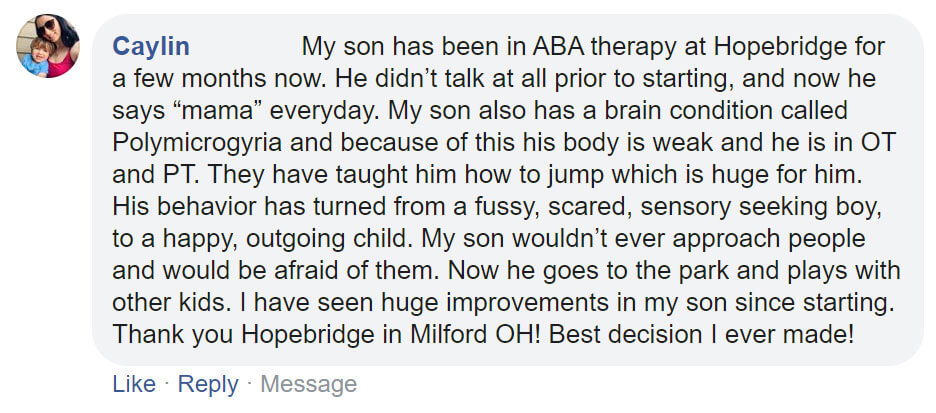
Caylin and Eric make a point to take Bryson’s lead and it shows through his progress. They did not push him to go down the slide at the playground, and now he creates his own adventures and joins in with others at the park. They do not force him out of his comfort zone before he is ready; they know he will eventually get there at his own pace with a little support.
“Bryson’s parents and therapist are a big part of his achievements. His mother attends weekly parent meetings and focuses on similar skills at home that we work on at the center,” said Leah. “With their help, he is starting to learn basic skills like imitation, following directions to touch, and finding a system to communicate more functionally. We are so excited to see how far he has come.”
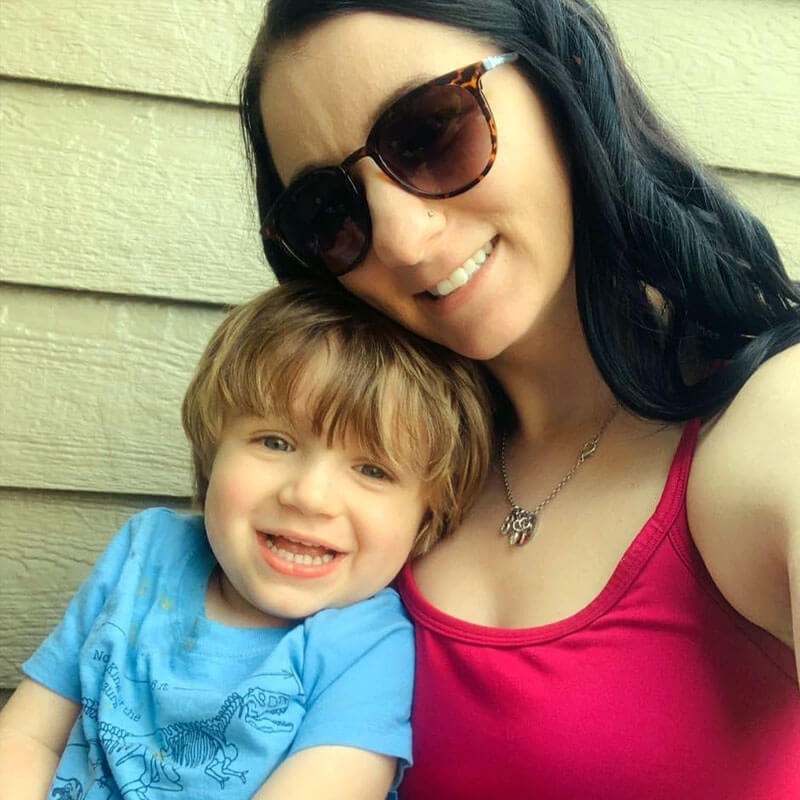
After witnessing his progress, Caylin and Eric want other parents to keep an open mind when it comes to autism and ABA therapy.
“I was surprised to find a lot of negative things pop up while researching ABA online. People have really strong opinions and I was initially hesitant because of what I read about it,” said Caylin. “I am so glad we didn’t listen and took our own leap of faith. I hope others are not put off because of what they may read online. ABA has only been a positive experience for Bryson and it is so helpful for our family.”
Could your child use more support like Bryson? If you believe your child may display signs of autism and may benefit from ABA therapy, contact us to schedule a diagnostic assessment or ABA evaluation at Hopebridge.
*Informed consent was obtained from the participants in this article. This information should not be captured and reused without express permission from Hopebridge, LLC. Testimonials are solicited as part of an open casting call process for testimonials from former client caregivers. Hopebridge does not permit clinical employees to solicit or use testimonials about therapeutic services received from current clients (Ethics Code for Behavior Analysts 5.07-5.08; BACB, 2020). Hopebridge does not provide any incentives, compensation, or renumeration for testimonials provided by a former client or client caregiver.